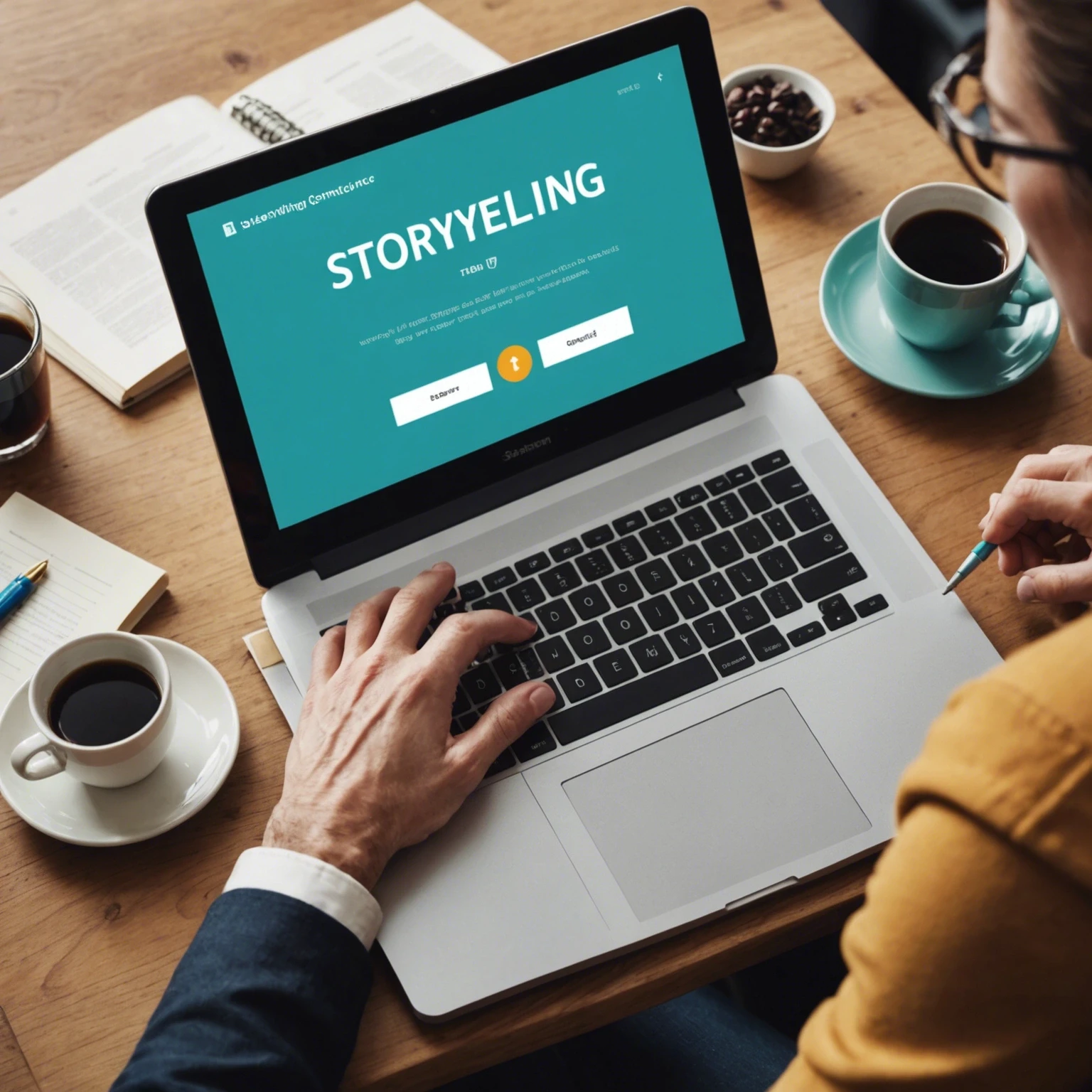Storytelling in Branding: Creating Deeper Connections with Your Audience
Dec 17, 2023

Introduction
A/B testing has been a popular method for improving marketing and advertising strategies for decades. It involves testing two versions of a campaign or design and measuring which one performs better in terms of engagement, conversion, or any other desired outcome. However, traditional A/B testing can be time-consuming, resource-intensive, and often leads to incremental improvements rather than groundbreaking ones. This is where AI-assisted creative insights come in, revolutionizing the A/B testing process and allowing for rapid iteration and optimization. In this blog post, we will explore how AI is changing the game for A/B testing and its practical implications for businesses.
Key Issues and Debates
One of the main issues with traditional A/B testing is the reliance on human intuition and biases. The selection of variables to test, the interpretation of results, and the decision-making process are all subject to human error. This can limit the potential for breakthrough improvements and lead to a slow and inefficient testing process. Additionally, A/B testing often focuses on small changes, neglecting the possibility of completely different approaches that could yield better results.
Another issue is the time and resources required for A/B testing. Traditional methods involve creating and launching two versions of a campaign simultaneously, which can be costly and time-consuming. This can be especially challenging for smaller businesses with limited budgets and resources.
AI-Assisted Creative Insights for Rapid Iteration
AI-assisted creative insights use machine learning algorithms to analyze large amounts of data and provide valuable insights for A/B testing. This technology can analyze consumer behavior, preferences, and trends to identify patterns and make data-driven recommendations for design and messaging.
One of the key benefits of AI-assisted creative insights is the ability to test multiple variables at once. Instead of testing two versions of a campaign, AI can test dozens or even hundreds of variations simultaneously. This allows for rapid iteration and the identification of winning variations much quicker than traditional methods.
Furthermore, AI can identify patterns and trends that humans may not be able to recognize, leading to more innovative and effective variations. This can lead to significant improvements in engagement, conversion, and overall campaign performance.
Practical Implications and Recommendations
For businesses, the use of AI-assisted creative insights for A/B testing can lead to significant cost and time savings. It also allows for more impactful and innovative improvements to campaigns, leading to better results and a competitive edge.
To fully utilize AI technology for A/B testing, businesses should invest in high-quality data and ensure the algorithms are properly trained and tested. It is also important to continuously monitor and adjust the AI models to ensure they are providing accurate and relevant insights.
Additionally, businesses should not solely rely on AI for decision-making and should still involve human input and creativity in the process. AI-assisted creative insights should be seen as a tool to enhance and complement human capabilities, rather than replace them.
Conclusion
AI-assisted creative insights are revolutionizing the A/B testing process, allowing for rapid iteration and optimization of marketing and advertising strategies. By addressing the limitations of traditional A/B testing and providing valuable data-driven insights, AI technology is helping businesses stay ahead of the curve and drive better results. However, it is important for businesses to understand the capabilities and limitations of AI and use it in conjunction with human input for optimal results. Further research and discussion in this field can lead to even more advancements and innovations in A/B testing, ultimately benefiting both businesses and consumers.